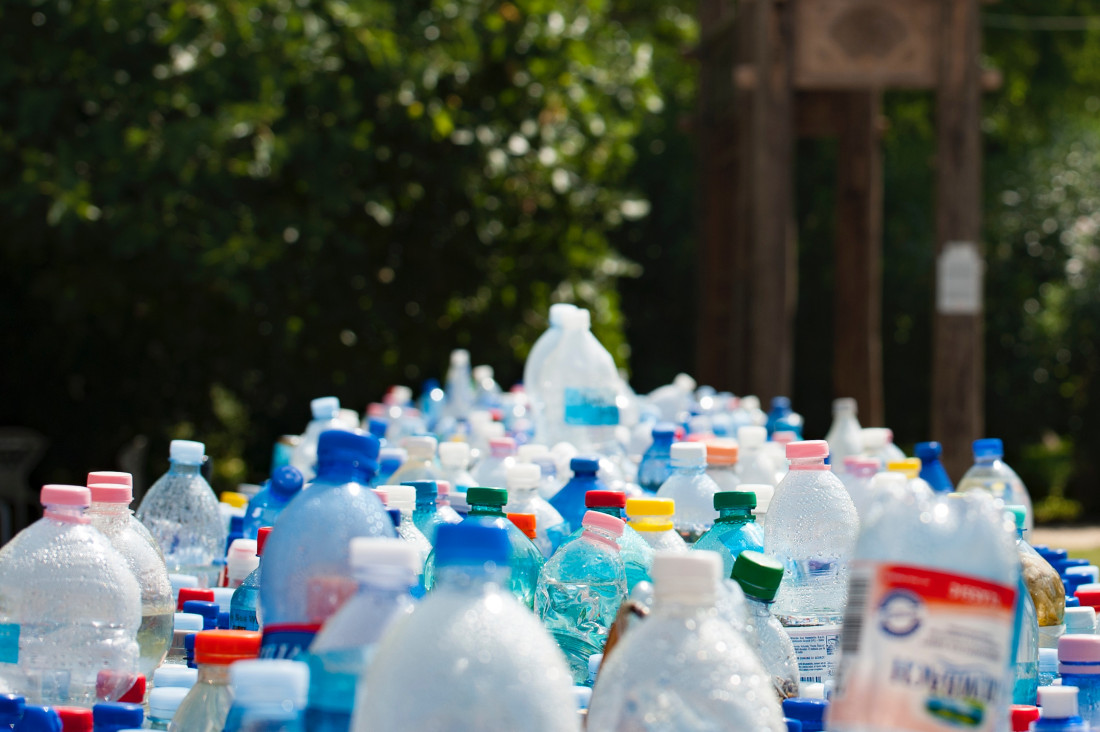By studying the way that polymers flow over spheres, a team of researchers from MiT have been able to create a formula that can predict the thickness of polymer and plastic coatings. The research is expected to impact a number of manufacturing industries, as well as plastics, coatings and resin markets.
The research team was originally inspired by chocolatiers and the way that chocolate bonbons are made. However, “The research should have uses far beyond the chocolate shop,” as the MiT news office explains. “By knowing just a few key variables, engineers could predict the mechanical response of many other types of shells, from small pharmaceutical capsules to large airplane and rocket bodies.”
The study, which was reported in the journal Nature, found that the team were, “…able to accurately predict the final thickness of the shell as a function of the material properties of the polymer and the geometry of the substrate. Importantly, the final shell thickness is found to be independent of the initial conditions such as the height of pouring and the volume of poured fluid, as well as the initial thickness profile.”
Instead, the study found that by varying the polymer’s curing time the scientists were able to increase and decrease the speed at which it covered a sphere. This culminated in the creation of a formula that is able to predict, and therefore control, shell thickness.
The website ZME science defined this formula as, “The square root of the fluid’s viscosity, times the mold’s radius, divided by the curing time of the polymer, times the polymer’s density and the acceleration of gravity as the polymer flows down the mold.”
In other words, “With a larger mold radius, the time it takes fluid to flow to the bottom increases. The result is a thicker shell. In contrast, longer curing times mean the fluid drains faster to the bottom, creating a thinner shell,” as the online journal Engineering explains. “By waiting for the polymer to thicken before pouring it onto the mold, curing time was reduced and more polymer ended up on the mold instead of running off. As a result, the thickness of the shell increased by a factor of 11.”
Lead researcher Pedro Reis described the findings as, “A theory [that] provides a much better, quantitative understanding of what’s going on, [so that] one can now be predictive. Think of this formula as a recipe.”
Whilst the formula may have limited practical applications, it does provide better insight into the dynamics of polymer coatings, and may lead to expanded research into other plastic and polymer manufacturing processes. As the journal Nature reported, “the polymer industry abounds with needs to fabricate thin shell structures, and a plethora of manufacturing processes have been developed for this purpose, including: injection, rotational and blow molding, as well as dip coating. Common to all of the above techniques are limitations in the thickness of the shells (e.g., ~0.5 mm for injection molding) and its uniformity (typically ~20% for rotational molding), as well as a striking lack of predictive theoretical models due to the multi-physics complexity of the processes.”
Whilst the study does acknowledge its limitations, focusing as it does on simple spheres, what is important about the research is that it provides other polymer and plastic researchers a firm mathematical equation to work with. It also gives manufacturers increased flexibility in production processes. As Reis said, “This flexibility of waiting [for a polymer to thicken before pouring] gives us a simple parameter we can tune, depending on what we want for our final goal. So I think ‘rapid fabrication’ is how we can describe this technique. Usually that term means 3-D printing and other expensive tools, but it could describe something as simple as pouring chocolate over a mold. This is a really simple, robust, rapid prototyping technique, and we’ve established design principles together with a predictive framework that characterizes the fabrication of thin shells. I think that will be powerful. We’re revisiting an old topic with new eyes.”
If you want to see the formula in action with your own eyes, you can watch the YouTube clip from MiT here.

